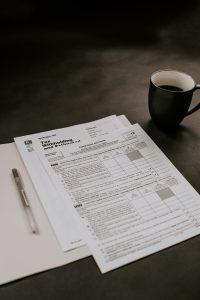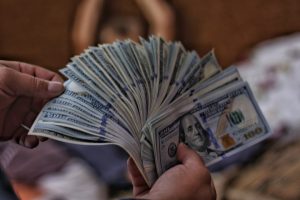Forex, or foreign exchange, trading is the buying and selling of currencies in order to profit from the fluctuation in their value. It is the largest financial market in the world, with an average daily trading volume of over $5 trillion. Forex trading can be done by individuals, banks, and corporations, and is accessible 24 hours a day, five days a week.
To start trading in the forex market, you need to open a forex trading account with a broker. When choosing a broker, it is important to consider their reputation, regulation, fees, and trading platform. Once you have selected a broker, you will need to provide some personal and financial information to open the account.
Once your account is set up, you can fund it with the amount of money you want to trade. This can be done through a variety of payment methods, including bank transfer, credit card, or e-wallet. It is important to only invest the amount of money you can afford to lose, as forex trading is a high-risk investment.
After funding your account, you can start trading by selecting the currency pair you want to trade. A currency pair is the exchange rate between two currencies, for example, the EUR/USD pair represents the value of the euro against the US dollar. Forex traders typically trade in pairs, as the value of one currency is always relative to another.
When trading in the forex market, you can either go long or short on a currency pair. Going long means that you are buying the base currency and selling the quote currency, while going short means that you are selling the base currency and buying the quote currency. The goal is to buy low and sell high or sell high and buy low, in order to make a profit.
Forex trading involves a lot of analysis, as traders need to constantly monitor the market and the factors that affect the value of currencies. Some of the factors that can influence currency values include economic indicators, political events, and global news. Traders use a variety of tools and strategies to analyze the market, including technical analysis, fundamental analysis, and sentiment analysis.
Technical analysis involves using charts and indicators to identify patterns and trends in the market. Traders use tools such as moving averages, trend lines, and Fibonacci retracements to help them make trading decisions. Fundamental analysis involves analyzing economic and political factors that can affect currency values, such as interest rates, inflation, and geopolitical events. Sentiment analysis involves analyzing market sentiment and traders’ attitudes towards certain currencies.
Forex trading also involves managing risk, as the market can be volatile and unpredictable. Traders use a variety of risk management techniques, such as setting stop-loss orders, using leverage wisely, and diversifying their portfolio. Stop-loss orders are used to limit potential losses, while leverage allows traders to control larger positions with a smaller amount of capital. Diversification involves spreading investments across different currency pairs and markets to reduce risk.
In conclusion, forex trading can be a lucrative investment opportunity for those who are willing to put in the time and effort to learn the market and develop effective trading strategies. It is important to choose a reputable broker, manage risk wisely, and constantly monitor the market to make informed trading decisions. With the right approach, forex trading can provide a valuable source of income and financial freedom.





